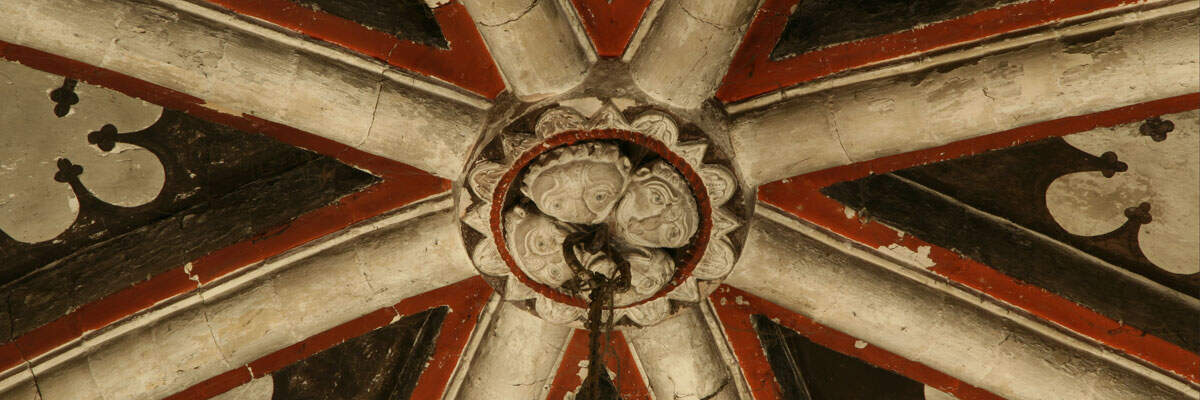Victoria County History: Sussex. VI, Pt 1 (Bramber Rape - S Part), 1980, pp.241, 244.
J. Morris and J. Mothersill (ed.), Domesday Book: Sussex. Chichester 1976, 5.2, 13.10.
M.F. Drummond-Roberts, Some Sussex Fonts Photographed and Described. Brighton 1935, 84.
G. Zarnecki, '1066 and Architectural Sculpture', Proceedings of the British Academy 52 (1966), 87-104. Reprinted in Studies in Romanesque Sculpture. London 1979, 87 104.
J [G]. Zarnecki, 'Regional Schools of English Sculpture in the Twelfth Century: The Southern School and the Herefordshire School', PhD Thesis, University of London (Courtauld Institute of Art) 1951, 178-187.
P.M. Johnston, `Steyning Church', Sussex Archaeological Collections, 57, 1915, 151.
P.M. Johnston, `Steyning Church, Sussex', Journal of the British Archaeological Association, ns.xx, 1914, 275.
Rev E. Turner, 'Steyning and West Grinstead churches and the ancient castle of Knepp', Sussex Archaeological Collections, 1-21, esp. 2-7.Sussex Archaeological Collections, 5, 1852 (p.117?); Sussex Archaeological Collections, 59, p. 96.
Rev. T. Medland, 'Notices of the Early History of Steyning and its Church' Sussex Archaeological Collections 5 1852, 111-26.
T.P. Hudson, 'Church of St Andrew, Steyning', Proceedings of the Summer Meeting of the Royal Archaeological Institute at Chichester in 1985, Archaeological Journal, 1985, 26-27.
T.P. Hudson, 'The origins of Steyning and Bramber, Sussex', Southern History, 2, 1980, 11-29.
A. K. Walker, An Introduction to the Study of English fonts with details of those in Sussex. London 1908, 70-71.
G. Zarnecki unpublished card index (notes state eyes of heads in nave filled with lead).



